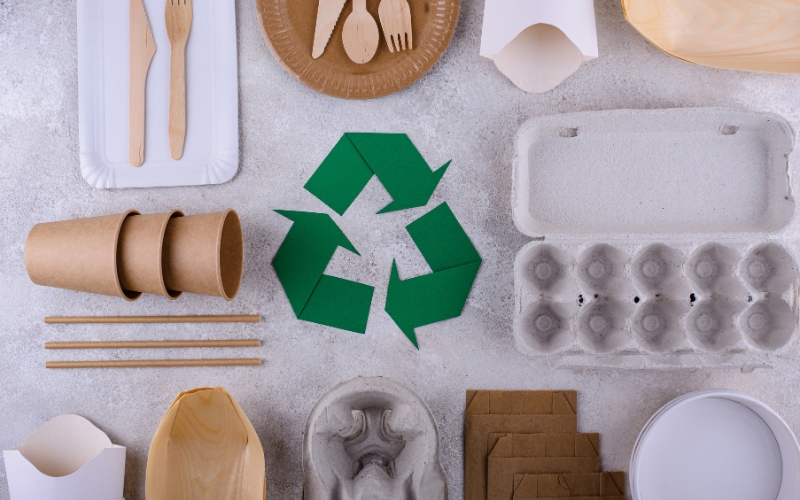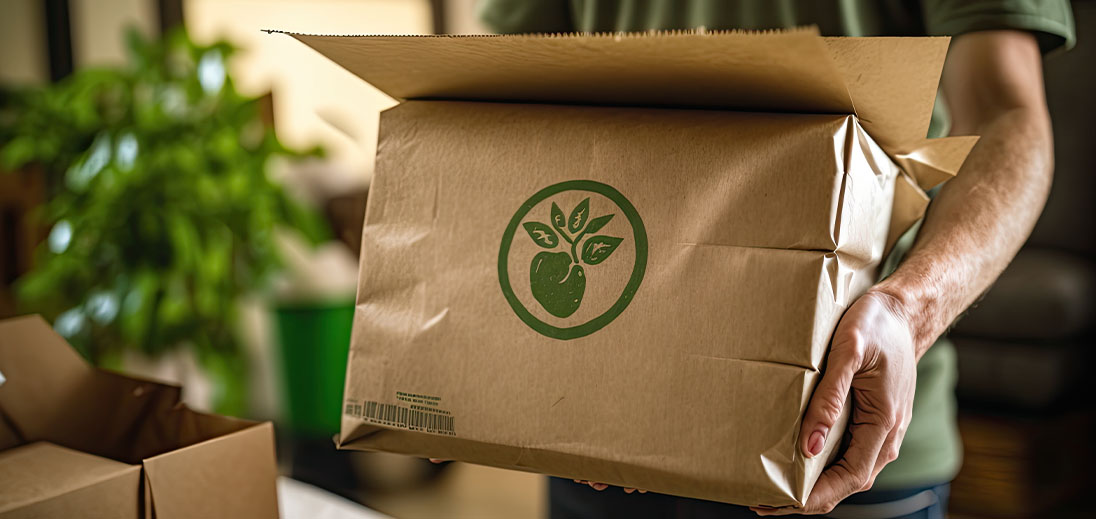In today’s rapidly evolving world, the concept of zero waste product packaging has gained significant traction. As businesses and individuals become more environmentally conscious, the shift towards sustainable packaging solutions is not just a trend but a necessity. This article delves into the nuances of zero waste packaging and its implications for businesses and the environment.

Understanding Zero Waste Product Packaging
Zero waste product packaging refers to the design and use of packaging materials that aim to eliminate waste by reusing, recycling, or composting. The goal is to ensure that no packaging ends up in landfills or the ocean. This concept aligns with the broader philosophy of the zero waste movement, which emphasizes resource conservation and environmental sustainability.
The Importance of Zero Waste Packaging
The importance of adopting zero waste packaging cannot be overstated. As the global population continues to grow, so does the demand for consumer goods and the packaging that accompanies them. Traditional packaging materials, such as plastics, contribute significantly to environmental pollution. By transitioning to zero waste solutions, businesses can reduce their carbon footprint and promote a healthier planet.
Benefits of Zero Waste Product Packaging
There are numerous benefits to adopting zero waste packaging. Firstly, it reduces environmental impact by minimizing waste and conserving natural resources. Secondly, it enhances brand image, as consumers are increasingly favoring companies that prioritize sustainability. Lastly, it can lead to cost savings in the long run, as businesses can reduce waste disposal costs and potentially lower material expenses.
Strategies for Implementing Zero Waste Packaging
Implementing zero waste packaging requires a strategic approach. Businesses must evaluate their current packaging materials and processes and identify areas where improvements can be made. Here are some effective strategies:
1. Use Recyclable and Biodegradable Materials
One of the simplest ways to adopt zero waste packaging is by using materials that are recyclable or biodegradable. Materials such as paper, cardboard, and certain bioplastics can break down naturally, reducing environmental impact.
2. Design for Reusability
Designing packaging for reusability is another effective strategy. Reusable packaging not only minimizes waste but also adds value to the consumer experience. For instance, using durable materials that can be repurposed for other uses encourages consumers to keep and reuse packaging.
3. Optimize Packaging Design
Optimizing packaging design to use fewer materials without compromising product protection is crucial. This involves reducing packaging size and weight, which can also lower transportation costs.
Challenges in Achieving Zero Waste Packaging
While the benefits of zero waste packaging are clear, achieving it is not without challenges. Businesses may face higher initial costs when transitioning to sustainable materials. Additionally, there may be limited availability of certain eco-friendly materials, making it difficult to source them in large quantities.
Overcoming the Challenges
To overcome these challenges, businesses can collaborate with suppliers and stakeholders to develop innovative solutions. Investing in research and development can also lead to the discovery of new materials and technologies that support zero waste packaging.
Case Studies: Successful Zero Waste Packaging Initiatives
Several companies have successfully implemented zero waste packaging strategies. For instance, a leading cosmetics brand has replaced plastic packaging with biodegradable alternatives, significantly reducing their environmental impact. Another example is a food company that has introduced compostable packaging, aligning with their commitment to sustainability.
The Future of Zero Waste Product Packaging
The future of zero waste packaging looks promising as more businesses recognize the importance of sustainability. As consumer demand for eco-friendly products continues to rise, companies that adopt zero waste solutions will likely gain a competitive edge.
Moreover, advancements in technology and materials science will pave the way for new and innovative zero waste packaging solutions. These developments will further drive the adoption of sustainable practices across various industries.
Conclusion
In conclusion, zero waste product packaging is a vital component of a sustainable future. By adopting eco-friendly packaging solutions, businesses can reduce their environmental impact, enhance their brand image, and achieve cost savings. As the world moves towards a more sustainable future, zero waste packaging will play a crucial role in ensuring the health of our planet.
Green Printing Paper Eco Branding Zero Waste Office

FAQ
1. What is zero waste product packaging?
Zero waste product packaging refers to packaging solutions designed to eliminate waste by reusing, recycling, or composting materials, ensuring no waste ends up in landfills.
2. Why is zero waste packaging important?
Zero waste packaging is important because it reduces environmental impact, conserves resources, enhances brand image, and can lead to cost savings for businesses.
3. How can businesses implement zero waste packaging?
Businesses can implement zero waste packaging by using recyclable and biodegradable materials, designing for reusability, and optimizing packaging design to use fewer materials.
This article contains affiliate links. We may earn a commission at no extra cost to you.







